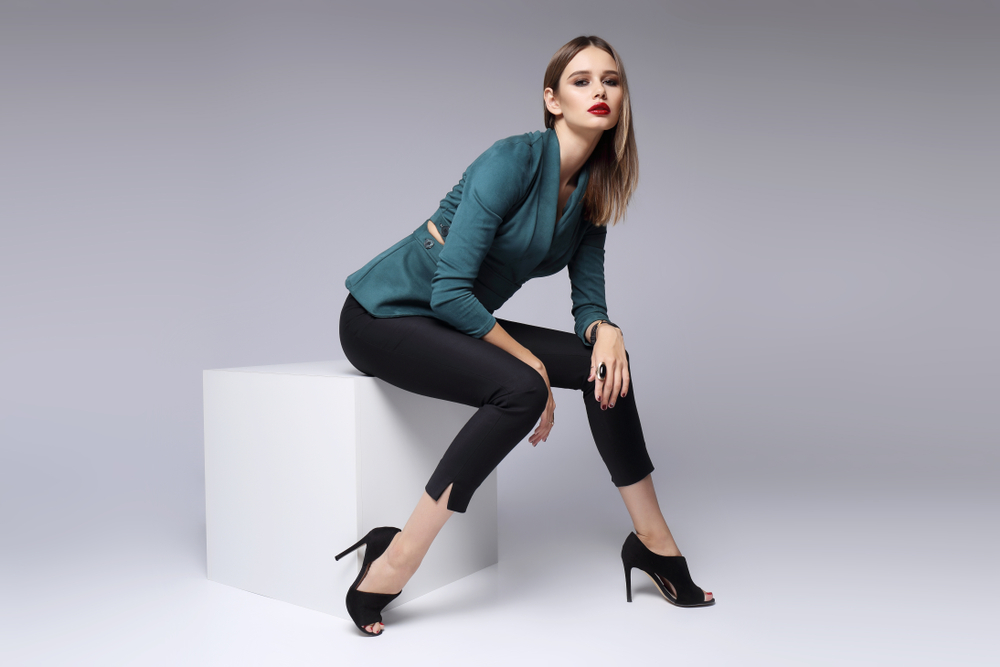
Have you ever looked at a fashion magazine or a billboard and admired the stunning models showcasing the latest trends? Being a model may seem like a glamorous career, but it requires hard work, dedication, and a set of unique skills. In this article, we will explore the world of modelling and provide aspiring models with essential tips, techniques, and industry insights to succeed in their photoshoots.
Understanding the Modeling Industry
The modeling industry is a dynamic and highly competitive field that encompasses various sectors such as fashion, commercial, fitness, and glamour modeling. Models often serve as visual representations of brands, products, or ideas, conveying messages through their poses, expressions, and overall presence. It is crucial for aspiring models to understand the intricacies of the industry to navigate it successfully.
1. Developing Your Modeling Portfolio
Building a professional modeling portfolio is the first step towards establishing your career. Your portfolio is a visual resume that showcases your versatility, range, and ability to embody different characters. Include a variety of high-quality images that highlight your strengths and demonstrate your potential to clients and agencies.
Consider working with reputable photographers who specialize in fashion or modeling photography. They can provide valuable guidance and capture your best angles, expressions, and poses. Remember to keep your portfolio updated as you gain experience and collaborate with different professionals.
2. Posing Techniques and Expressions
As a model, posing is an art form that allows you to communicate with the camera and convey specific moods or emotions. Understanding your body and being aware of its angles, lines, and proportions is essential. Experiment with different poses and expressions in front of the mirror to find what works best for you.
Practice dynamic poses that convey movement and energy, as well as static poses that highlight product features or clothing details. Experiment with your facial expressions to convey a range of emotions, from confidence and allure to innocence and vulnerability. The key is to be versatile and adaptable, as different photoshoots require different styles.
3. Communicating with the Photographer
Developing a strong rapport and effective communication with the photographer is crucial during a photoshoot. Take the time to understand their vision and ask for guidance or clarifications if needed. Remember that photographers are experts in capturing the perfect shot, and their feedback can greatly enhance the outcome.
Be open to trying new ideas and concepts suggested by the photographer. Their expertise and creativity can elevate your portfolio and help you expand your modeling skills. Moreover, maintaining a professional and respectful attitude on set will leave a positive impression on everyone involved and increase the likelihood of future collaborations.
4. The Importance of Posing with Props
In many photoshoots, props are used to enhance the overall theme or concept. Modeling with props provides an opportunity for creativity and storytelling. Props can range from fashion accessories, such as hats or scarves, to everyday objects that add depth and interest to the composition.
When working with props, ensure that they complement your overall look and do not distract from the main focus. Practice posing with different props beforehand to feel comfortable and natural during the shoot. Remember that the prop should enhance your presence, not overpower it.
Insights from Industry Professionals
To gain further insights into the world of modeling, we reached out to seasoned professionals in the industry and gathered their valuable advice and perspectives.
Ambra, Fashion Photographer:
"As a fashion photographer, I appreciate models who are confident in their abilities and have a strong understanding of their body. Models who can effortlessly embody different characters and adapt to various concepts make my job much easier."
Benjamin, Fashion Designer:
"When selecting models for my runway shows or campaigns, I look for individuals who can bring life to my designs. Models who possess a unique personality and can express themselves through their movements and expressions are more likely to stand out."
Alicia, Casting Director:
"Models who take care of their physical and mental well-being are always preferred. A healthy and fit body, along with the ability to maintain a positive mindset, ensures that models can handle the demanding nature of the industry."
Frequently Asked Questions
1. Is there a specific age requirement for becoming a model?
The age requirements for models vary depending on the sector. While fashion modeling usually favors younger individuals, there is demand for models of different age groups in commercial, fitness, and mature modeling.
2. How do I find reputable modeling agencies?
Researching and networking are crucial to finding reputable modeling agencies. Attend modeling conventions, fashion events, or workshops, and connect with professionals in the industry. Additionally, be cautious of agencies that ask for upfront fees or make extravagant promises.
3. Can I pursue modeling as a part-time career?
Yes, modeling can be pursued as a part-time career. Many models balance their modeling assignments with other commitments such as education or other jobs. However, keep in mind that the availability of opportunities may vary depending on your location and the type of modeling you wish to pursue.
4. How can I maintain my physical and mental well-being as a model?
Maintaining physical fitness through regular exercise, a balanced diet, and proper skincare is crucial for models. It is equally important to prioritize mental well-being by managing stress, practicing self-care, and seeking support when needed.
5. How can I prepare for a photoshoot or casting?
Preparing for a photoshoot or casting involves several steps. Research the concept or brand beforehand, practice different poses and expressions, and arrive well-rested and with a positive mindset. Additionally, ensure you bring any necessary items or wardrobe changes as requested by the photographer or casting director.
Modeling is not only about striking a pose; it is a fusion of art, creativity, and professionalism. By following these tips, techniques, and industry insights, aspiring models can elevate their skills, enhance their portfolios, and confidently embark on their journey into the world of modeling.
Other useful resources
- https://en.wikipedia.org/wiki/Category:Modeling_agencies
- https://en.wikipedia.org/wiki/Category:Modeling_(profession)
- https://en.wikipedia.org/wiki/Modeling_agency
- https://www.planetmodelphoto.com/models/modeling/usa/wilmington/nc-north-carolina